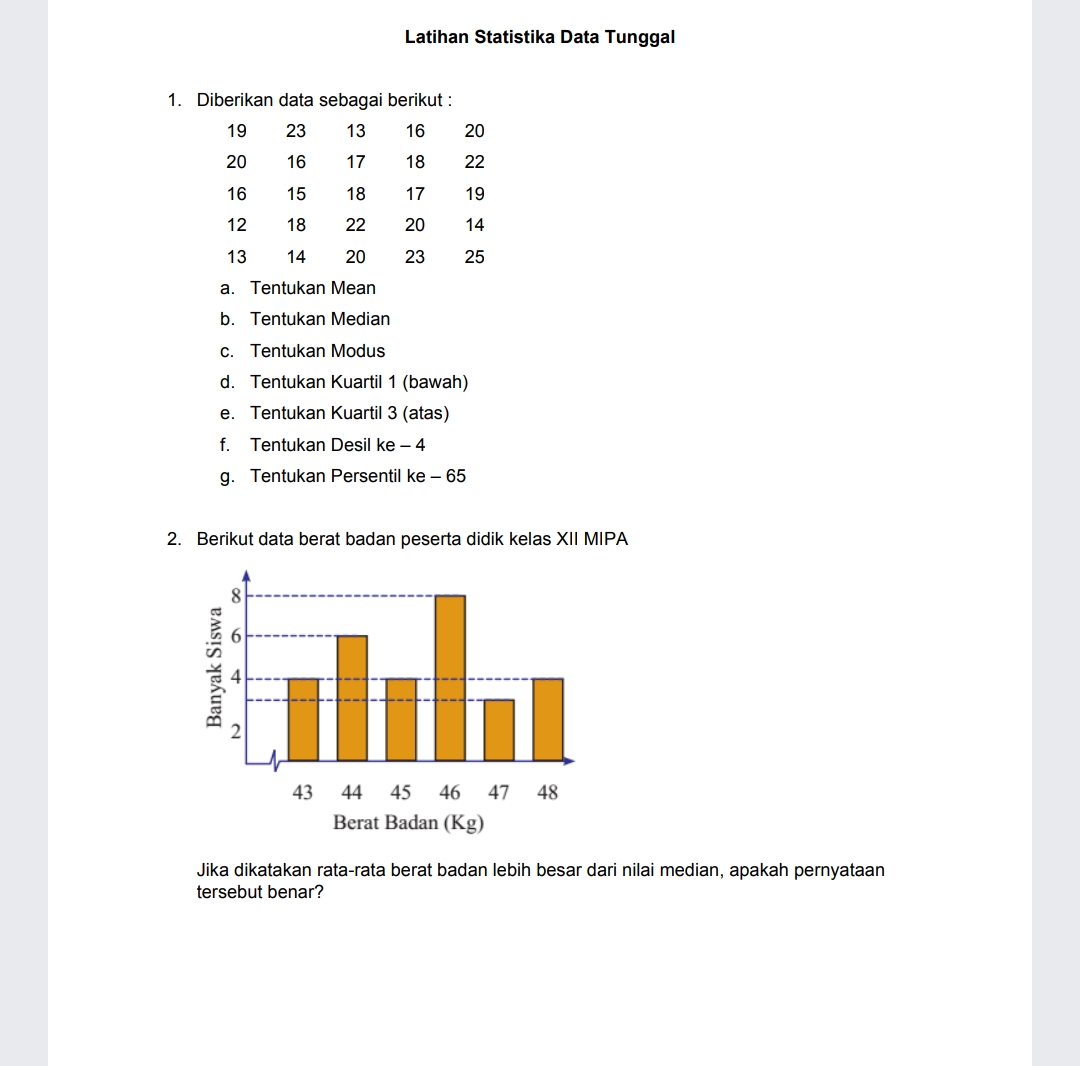
AllQuestion and Answers: Page 673
Question Number 151673 Answers: 1 Comments: 0

Question Number 151665 Answers: 2 Comments: 0
$$\mathrm{prove}\:\mathrm{4arccot5}−\mathrm{arccot239}=\frac{\pi}{\mathrm{4}} \\ $$
Question Number 151721 Answers: 0 Comments: 1

Question Number 151660 Answers: 1 Comments: 0

Question Number 151652 Answers: 1 Comments: 0
Question Number 151641 Answers: 1 Comments: 0

Question Number 151638 Answers: 1 Comments: 0
Question Number 151622 Answers: 1 Comments: 0
Question Number 151616 Answers: 0 Comments: 4
Question Number 151615 Answers: 1 Comments: 0
Question Number 151614 Answers: 1 Comments: 0
Question Number 151612 Answers: 0 Comments: 0
$$\int_{\mathrm{0}} ^{{e}} \frac{{x}}{\:\sqrt{{x}−{ln}\left({x}\right)}}{dx} \\ $$
Question Number 151609 Answers: 1 Comments: 0

Question Number 151602 Answers: 6 Comments: 0

Question Number 151599 Answers: 1 Comments: 0
Question Number 151596 Answers: 1 Comments: 0

Question Number 151587 Answers: 1 Comments: 0
$$\int\mathrm{sin}^{−\mathrm{1}} \sqrt{\frac{\mathrm{x}}{\mathrm{a}+\mathrm{x}}}\:\mathrm{dx} \\ $$
Question Number 151586 Answers: 0 Comments: 0
Question Number 151585 Answers: 0 Comments: 0
$$\int\frac{\mathrm{dx}}{\mathrm{x}\sqrt{\mathrm{a}^{\mathrm{n}} +\mathrm{x}^{\mathrm{n}} }} \\ $$
Question Number 151630 Answers: 2 Comments: 0

Question Number 151573 Answers: 1 Comments: 0

Question Number 151568 Answers: 4 Comments: 0
Question Number 151561 Answers: 1 Comments: 0
Question Number 151560 Answers: 4 Comments: 0
Question Number 151559 Answers: 2 Comments: 0
Question Number 151554 Answers: 1 Comments: 0

Pg 668 Pg 669 Pg 670 Pg 671 Pg 672 Pg 673 Pg 674 Pg 675 Pg 676 Pg 677
